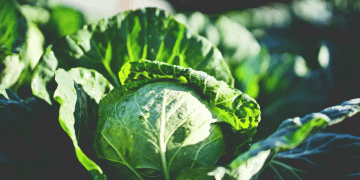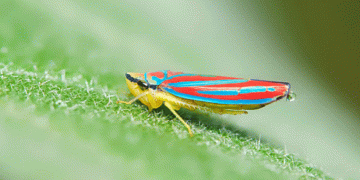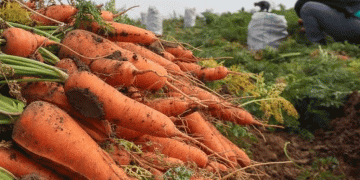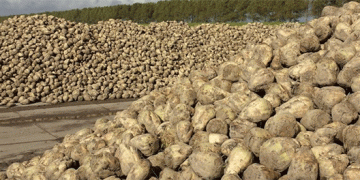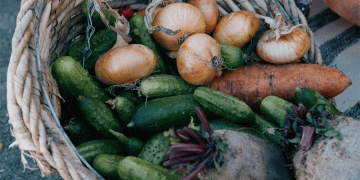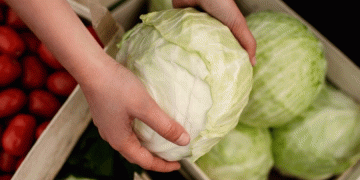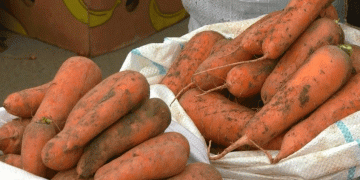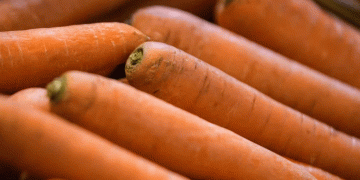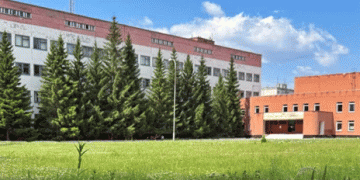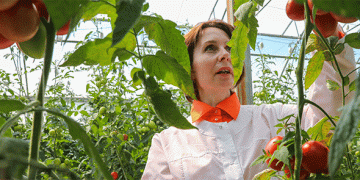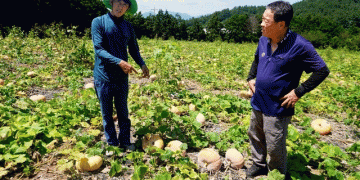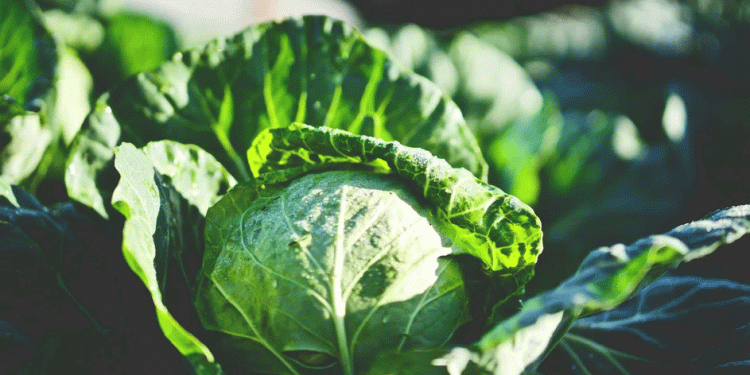Researchers from the National University of Singapore have identified DIM—a phytochemical in cruciferous vegetables—as a potent anti-biofilm agent:
- 92% reduction in Streptococcus mutans biofilms (primary cause of tooth decay)
- Dual-action mechanism:
- Inhibits bacterial growth
- Disrupts microbial adhesion to tooth surfaces
- Low toxicity: Previously studied for anti-cancer properties
Agricultural Implications
- Crop Value Boost
- Potential new demand for broccoli, kale, and cabbage as DIM sources
- Estimated 15-20% price premium for high-DIM cultivars
- Breeding Opportunities
- Current DIM levels in crops:
- Broccoli: 120–200 mg/kg
- Kale: 80–150 mg/kg
- Cabbage: 50–100 mg/kg
- Target for agronomists: Develop high-DIM varieties through selective breeding
- Current DIM levels in crops:
- Byproduct Utilization
- Post-processing waste (leaves/stems) could be repurposed for dental extract production
Market Potential
| Application | Projected Value (2030) |
|---|---|
| Dental hygiene products | $2.8 billion |
| Functional foods | $1.2 billion |
| Agricultural DIM extraction | $600 million |
Comparative Efficacy
| Treatment | Biofilm Reduction |
|---|---|
| Fluoride toothpaste | 45–60% |
| Chlorhexidine rinse | 70–75% |
| DIM-based solution | 90–92% |
Implementation Timeline
- 2026–2028: Clinical trials for DIM-infused mouthwashes/toothpastes
- 2029: First commercial dental products expected
- 2030+: Potential USDA/NRCS programs for DIM-optimized crop production
From Field to Mouthguard
This discovery creates unprecedented synergies between:
✓ Dentistry – More effective caries prevention
✓ Agriculture – New value-added crop opportunities
✓ Food Tech – Functional foods with oral health benefits
Farmers should monitor DIM-breeding developments, while agronomists explore optimal growing conditions to maximize this bioactive compound.
